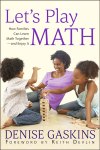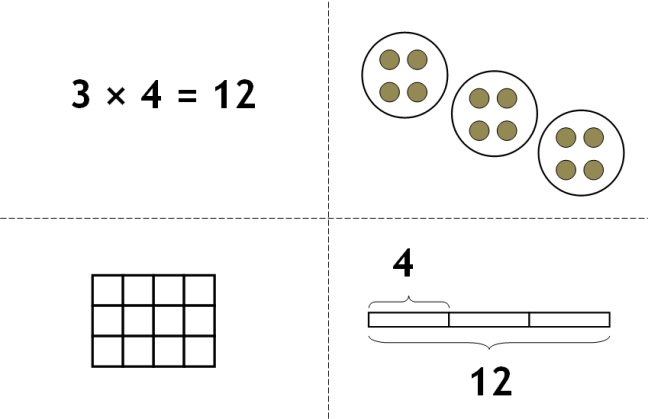“My oldest son has somehow developed the horrid habit of counting on his fingers. We worked on the math facts all summer. He knows the answers in simple form, such as 9 + 4, but if it’s in a bigger problem like 249 + 54, he counts up to add or counts down to subtract, all using fingers. My younger children have no problem with mental math, but he can’t seem to get it. Are there any tips or tricks to stop this?”

Counting on fingers is not a horrid habit, it is a crutch. Please think for a moment about the purpose of crutches. The blasted things are an uncomfortable nuisance, but there are times when you can’t get anywhere without them. And if you need them, it does you no good for a friend to insist you should crawl along on your own.
That is how your son feels right now about his fingers. He is struggling with something his younger siblings find easy, and he can tell that you are frustrated. His confidence is broken, in a cast, and needs time for healing. So he falls back on what he knows he can do, counting up the answer.
Think positive: this means he still believes that math ought to make sense — that to understand what he is doing is more important than to guess at an answer. You want him to value sense-making, because otherwise he will try to memorize his way through middle school and high school math. That is the road to disaster.
“Schools spend a lot of time working with young children to get these facts memorized, but many children aren’t ready for that task yet. They’ll count on their fingers, and may be reprimanded for it.
“What happens when a person becomes embarrassed about counting on their fingers? If they still want to think, they’ll hide it. That’s the better option. The worse option that way too many students choose? They start guessing. When math becomes too incomprehensible, or not living up to someone else’s expectations becomes too painful, many students give up on math, and then they just guess.
“We count on our fingers as part of a thinking process. Perhaps the thing I want to figure can be memorized. But if I haven’t memorized it yet myself, the most efficient way to figure it will likely involve fingers.—Sue VanHattum
Philosophy
The Problem of Transfer
What you describe is called the problem of transfer, and it is one of the huge, unsolved problems of education.
We can train someone to do a simple, limited task such as answering flash cards. But how do we get that knowledge to sink in, to become part of the mind, so they can use it in all sorts of different situations?
No one has figured that out.
There is no easy solution. It requires patience, and providing a variety of experiences, and patience, and pointing out connections, and asking the student to think of connections, and lots more patience.
Some Things to Try
It might help to do fewer math problems in a day, so you can take time to work more deeply on each one. Talk together about the different ways you might solve it. Make it a challenge: “Can we think of three different ways to do it?”
In math, there is never just one way to get a solution. Thinking about alternatives will help your son develop that transfer of skills.
Or pick up some workbooks that target mental math methods. The Mental Math workbook series by Jack Hope and Barbara and Robert Reys will help him master the techniques your younger kids learned without effort. It may still take him longer to do a calculation than what you are used to with the other children, but these books will give him a boost in recognizing the types of mental tools he can use.
Here are a few of my previous blog posts that include mental math tips:
Or perhaps encourage him to keep using his fingers, but to switch to a more efficient system, such as Chisenbop. According to math education expert Jo Boaler, research shows that finger-counting supports mathematical understanding.
Mental Math: A Battle Worth Fighting
Jumping into mental math is hard for an older child who wasn’t taught that way. I believe it’s a battle worth fighting, because those mental math techniques build understanding of the fundamental properties of numbers.
But the main goal is for him to recognize his options and build flexibility, not to do each calculation as fast as possible.
And be sure he no longer needs those crutches before you try to take them away.

CREDITS: “Stryde Walking To School on his New Crutches” by Jim Larrison and “Silhouette of a boy” by TimOve via Flickr. (CC BY 2.0, text added)
 This post is an excerpt from my book Let’s Play Math: How Families Can Learn Math Together—and Enjoy It, as are many of the articles in my Let’s Play Math FAQ series.
This post is an excerpt from my book Let’s Play Math: How Families Can Learn Math Together—and Enjoy It, as are many of the articles in my Let’s Play Math FAQ series.













